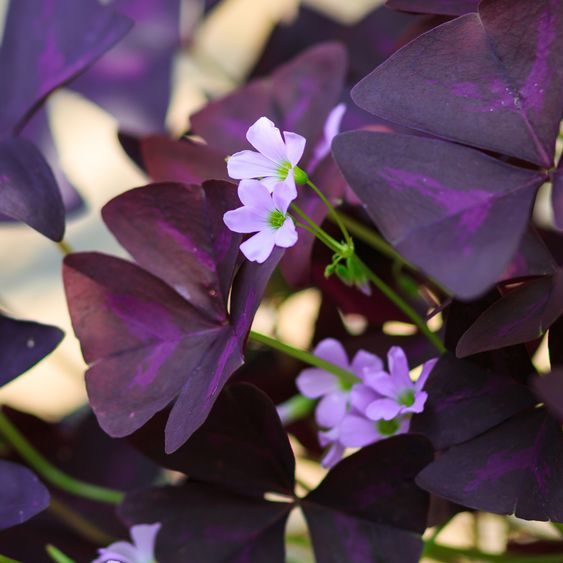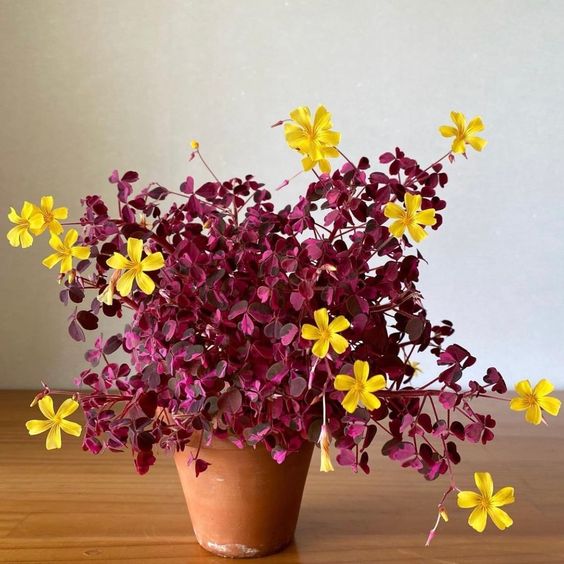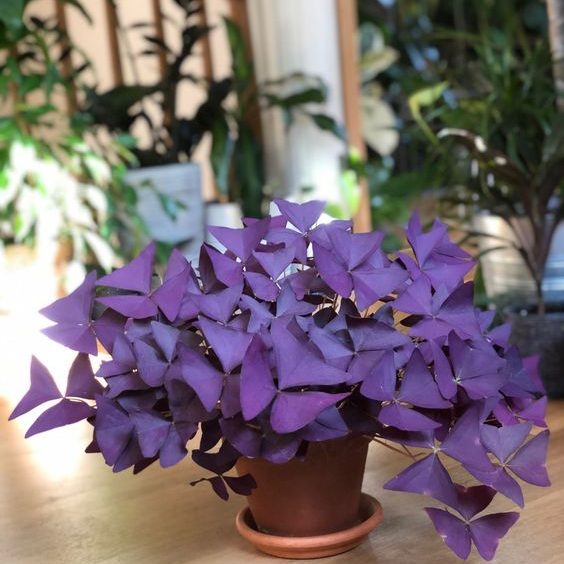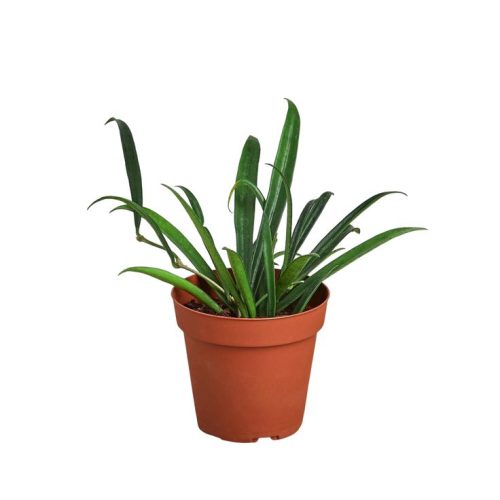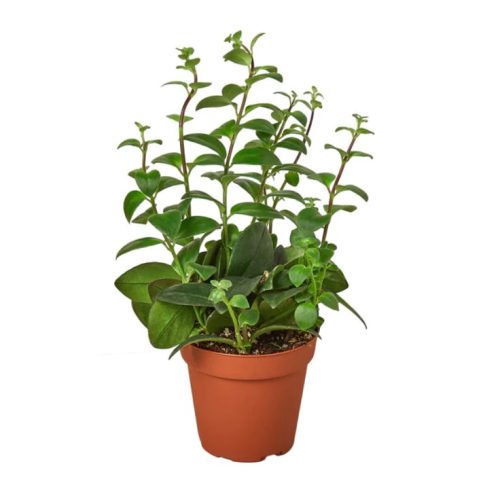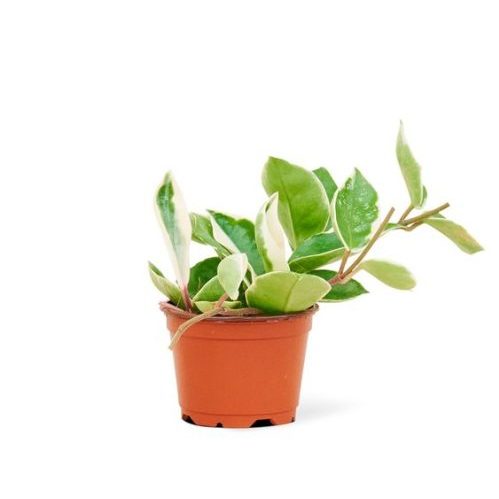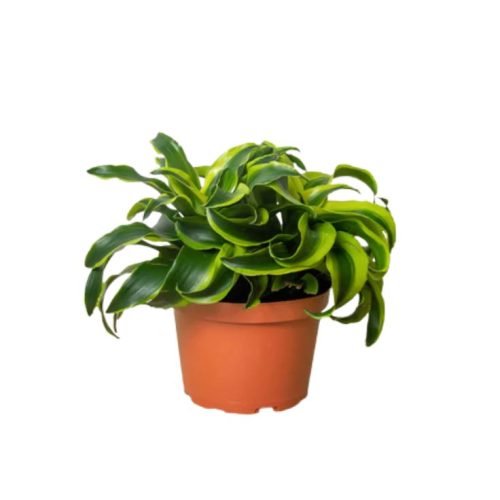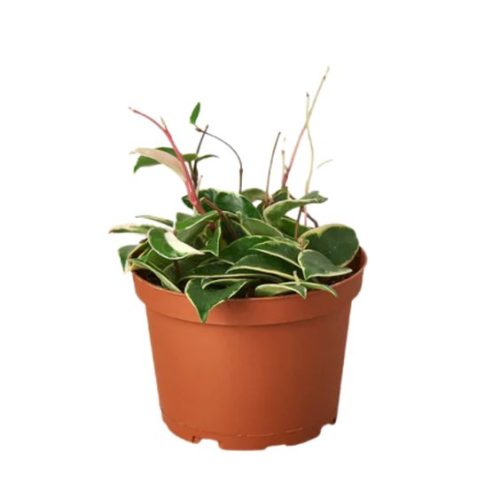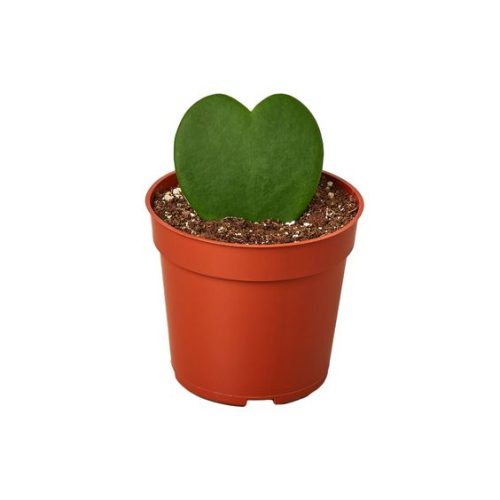False Shamrock
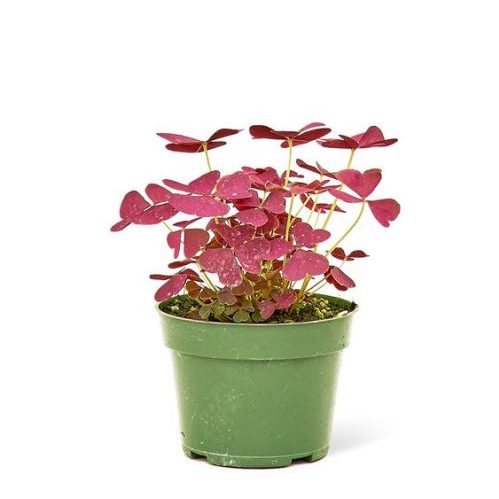
- Botanical Name: Oxalis triangularis
- Family Name: Oxalidaceae
- Stems: 2-20 inches
- Temperature: 15-23°C
- Other: right light, fertile, well-drained soil
Overview
The Purple Shamrock (Oxalis triangularis) is a perennial plant with distinctive deep purple, triangular leaves that fold up at night, known for its elegant small white, pink, or lavender flowers, thriving in sunny locations with well-draining soil and moderate temperatures, and adding a touch of sophistication to any garden or indoor space.
Product Description
Purple Shamrock: Night’s Embrace, Day’s Allure
Purple Shamrock (scientific name Oxalis triangularis), also known as purple clover or false shamrock, is a perennial plant renowned for its distinctive deep purple leaves. The leaves of this plant are triangular, often growing in sets of three, resembling a clover. At night or on cloudy days, the leaves of the Purple Shamrock fold up, and then unfold again with the morning light, a phenomenon known as nyctinasty. This plant produces small flowers in shades of white, light pink, or lavender, adding an elegant touch to both indoor and outdoor environments.
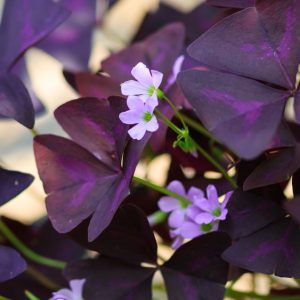 Growth Habits
Growth Habits
Purple Shamrock thrives in ample sunlight, requiring at least four hours of direct light daily, and well-drained soil. It adapts to moderate temperatures and humidity levels and has a brief dormant period in the summer when the leaves may turn yellow and wither, which is part of its natural growth cycle.
Morphological Characteristics
The leaves of this plant fold up at night or on cloudy days like an umbrella, and then open up again when the morning light is sufficient. Purple Shamrock produces small flowers in white, light pink, or lavender hues.
Appropriate Settings
Purple Shamrock is suitable for planting in gardens or as indoor potted plants, bringing natural beauty and a unique atmosphere to living spaces. Indoors, it can be a decorative addition to windowsills or desks. Outdoors, it is ideal as a border plant or small shrub.
Care Tips
- Light: Requires plenty of sunlight, at least four hours of direct sunlight each day.
- Soil: Requires well-draining soil to prevent root rot.
- Water: During the growing season, water when the top inch of soil has dried out. Reduce watering frequency during dormancy.
- Temperature and Humidity: The ideal temperature range is 60°F to 75°F (15°C – 23°C). Protect from strong winds and extreme temperature changes.
- Fertilizer: Use slow-release or liquid fertilizer during the growing season, following label instructions. For indoor plants, a liquid fertilizer suitable for houseplants is ideal.
Propagation Mature Purple Shamrocks can be propagated by division or bulbs during the growing season.
Common Issues
- Wilting Leaves: May be due to lack of water or insufficient light.
- Yellowing Leaves: May indicate the plant is entering its dormant period, at which point water and feed should be reduced.
Overall, the Purple Shamrock is a low-maintenance plant suitable for those who appreciate unique foliage colors and are willing to experience the natural growth cycle of a plant.
